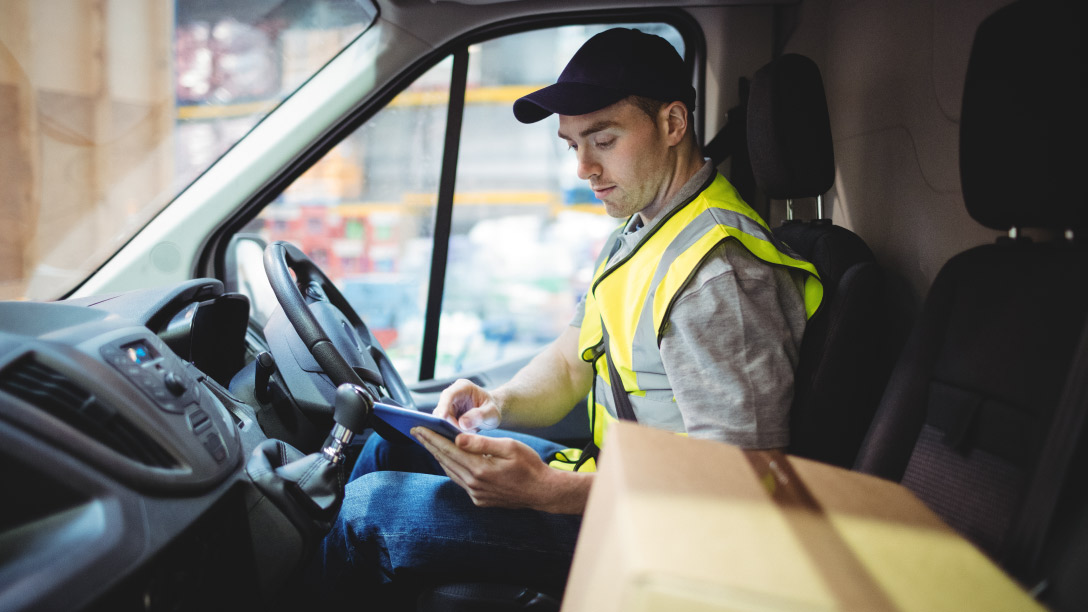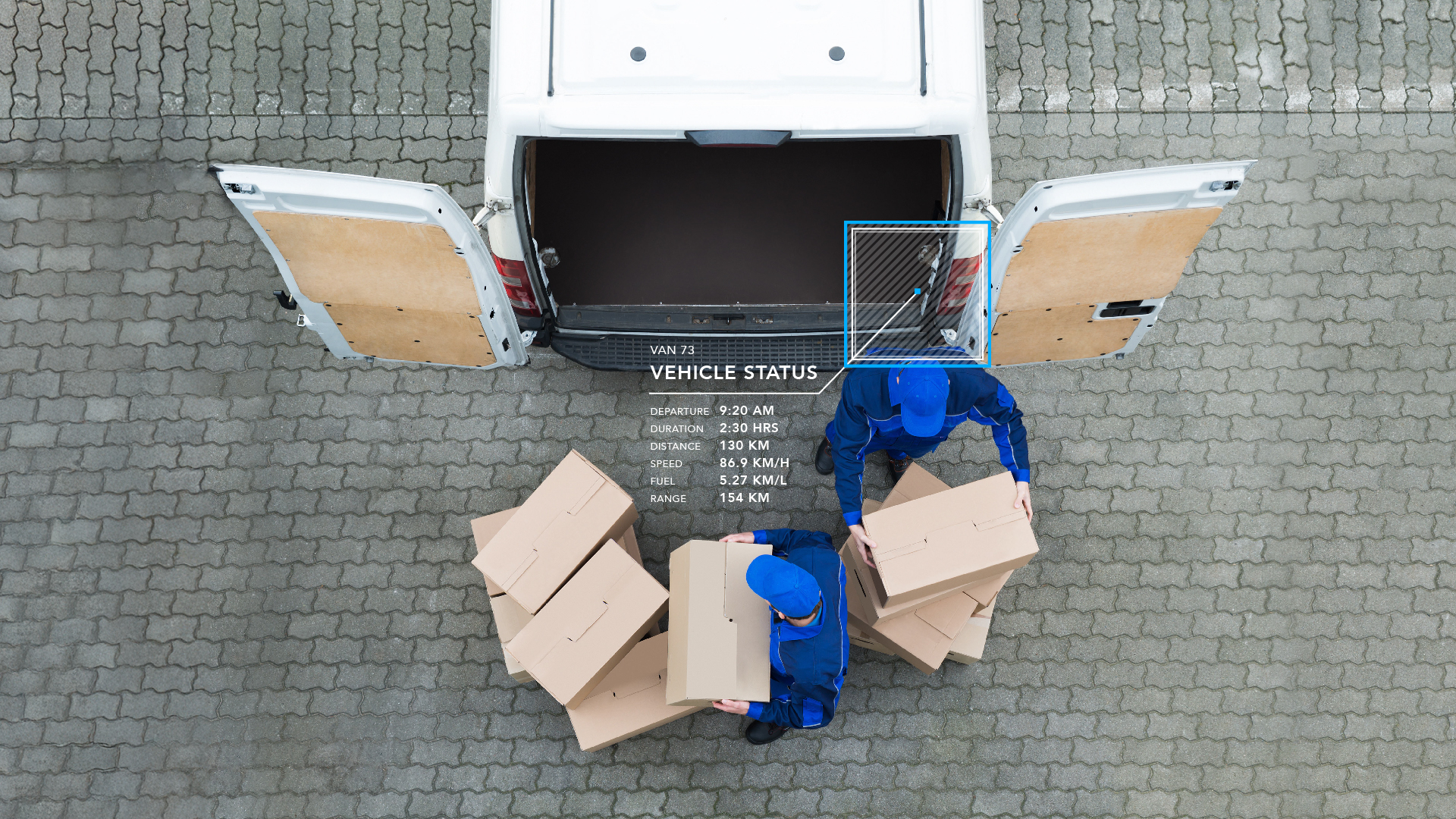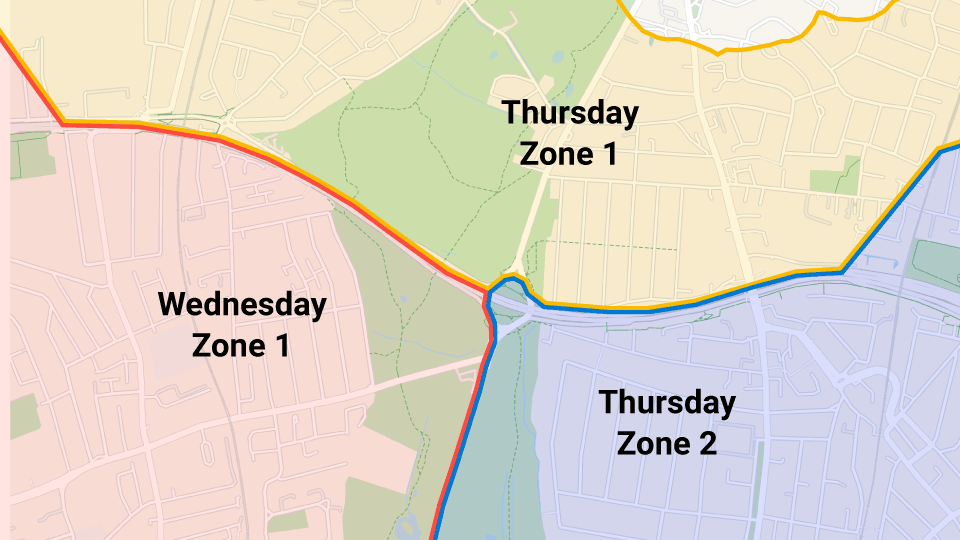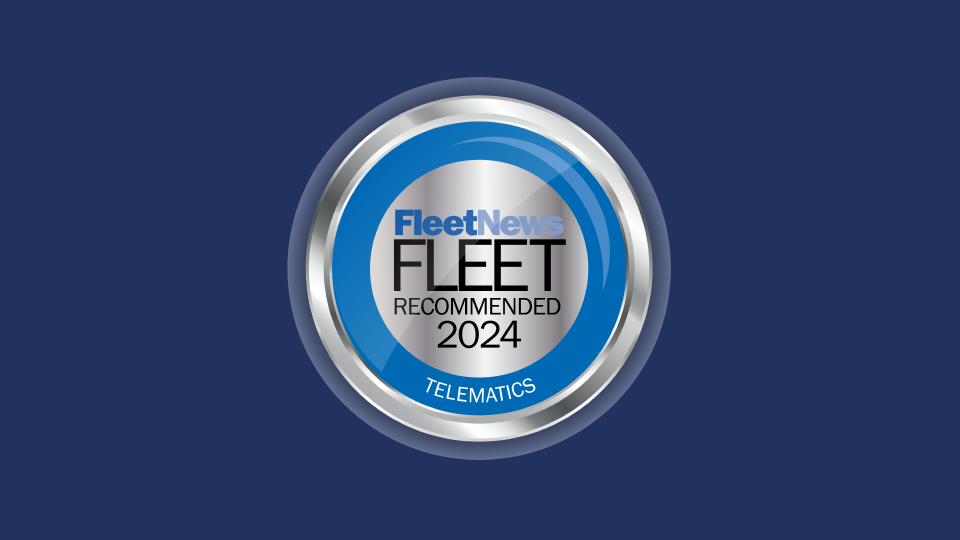Countering driver’s concerns about vehicle telematics
Many businesses are now implementing telematics solutions to improve the safety, efficiency and productivity of their fleets. Below we answer some of the most common questions that we hear from drivers when their organisation wants to install telematics devices in the vehicles.


Why would my business need to install a telematics device in my vehicle?
Modern fleet telematics solutions like MyGeotab help fleet managers to identify where they can make improvements in their fleet, from cost savings, to greater safety, compliance, environmental performance and improved vehicle health. Geotab’s GO9 in-vehicle telematics device collects rich vehicle data that feeds into the MyGeotab fleet management platform. Users can practise preventative maintenance and use GPS location and accelerometer data to measure route distances, fuel efficiency and driver behaviour indicators.
For HGVs, Geotab Tachograph facilitates compliance with driving and working time directives. This makes it easier for the fleet manager to prove compliance, and reduces paperwork for both drivers and managers.
How can telematics benefit me as a driver?
Many of the same features that benefit your organisation can also improve your driving experience, while improving your safety and that of other road users. For example:
Improved driver safety
As your fleet manager uses the telematics data to gain insights into key fleet safety metrics such as speeding, harsh braking, harsh cornering and acceleration, they will be able to provide training and support to drivers to make them safer. They can also receive real-time safety notifications, immediately alerting them to possible collisions, so that they can support you in the moment you need it most. Monitoring driver behaviour has been shown to reduce fleet accidents by as much as 80%.
Geotab’s driver safety scorecard report is an additional feature that fleet managers can use to help them identify their safest and most sustainable drivers and recognise their contribution with incentives. They can also use gamification features to allow friendly competition between all the drivers, motivating everyone to practise safe driving behaviour.
Improved vehicle safety
With the GO9 telematics device in your vehicle and MyGeotab fleet management software, fleet managers can move from reactive to predictive and preventative maintenance. Minor faults can be identified before they become large, expensive issues that put you at risk of driving a dangerous vehicle. This reduces the risk of accidents and could even be a potential life saver.
Reduced risk of breakdowns
No driver wants to spend hours on the side of a road, waiting for a recovery vehicle to pick them up. Not only is your day disrupted and you’re later getting home, but often the next day is tougher as a result.
The rich vehicle data collected by telematics devices like the Geotab GO9 can inform the fleet manager in real time of engine and vehicle issues that might have otherwise led to a breakdown. The driver can receive a call in advance, so that action can be taken before a breakdown occurs.
Issues such as brake pad wear can also be detected before the pads wear to a level that causes a brake error. Instead, they can be scheduled for replacement at a time that’s convenient to both the driver and the business.
Improved productivity of logistics fleets
Many logistics drivers will have clear ideas about how their routes could be improved – excess miles driven to complete a job that another driver could more easily have taken, or two drivers attending the same site on the same day when one could have completed both jobs. When route optimisation tools are used together with the GPS data collected by telematics devices, dispatchers can reduce instances of misassigned jobs, improve route productivity and reduce the number of miles that each driver has to complete in a day.
Support in the event of – and to prevent – collisions
False insurance claims have blighted many professional drivers, particularly those who drive LCVs and HGVs. When dash cams are integrated into your vehicle’s telematics system, the high-definition footage can be used to exonerate you in the case of false claims.
Telematics systems with additional features such as advanced collision avoidance systems can even help you to recognise and avoid a collision before it happens, or alert you to hazardous driving conditions in advance. Geotab also offers dash cam integrations that can be used together with recorded vehicle data to create a clear image of the events that occurred.
What driving behaviours can the telematics device record?
Common driver behaviours that MyGeotab can provide insight into are:
- Harsh acceleration
- Speeding violations
- Harsh braking
- Harsh cornering
- Fuel consumption
- Idling times
- Vehicle use outside of agreed hours
Many of these data points are measured because they are key indicators for driver safety, as well as directly affecting fuel efficiency, vehicle wear and tear, and greenhouse gas (GHG) emissions.
Most fleet managers recognise that they can get the best improvement in these areas by incentivising ‘good’ behaviours, rather than punishing the poorer performers. Driver league table features are commonly used in MyGeotab to encourage friendly competition between drivers and to recognise the best performers. This allows drivers to become an active part of the solution.
Why would my fleet manager want to use the telematics device to record when I’m not using my seat belt?
According to UK law, you must use a seat belt if one is fitted in the seat you’re using. You can be fined up to £500 if you don’t use one when you’re supposed to. On top of that, research shows that seat belts reduce serious crash-related injuries and deaths by about a half.
Not using a seat belt might allow you to get between jobs ever so slightly faster, but the risks are not worth it. Consider your fleet manager as being fair to be kind in supporting their drivers to be safer and to reduce the risk of serious injury while they’re at work.
Won’t my fleet manager just use this to check that I haven’t gone over my lunch break?
We can’t vouch for every fleet manager’s whims, but fleet telematics is so much more powerful than just being a GPS tracking device for managers to watch where all their vehicles are.
In reality, most fleet managers are focused on using the telematics insights to help them solve the bigger issues of fleet management - improving efficiency, vehicle maintenance and productivity in order to reduce the costs and environmental impacts associated with the fleet.
Moreover, many fleet managers are now using tools like the Driver Challenge to incentivise better driving behaviour, with competitions and recognition for the best performing drivers.
Why would my organisation need telematics data from my vehicle to help them switch to electric vehicles?
By switching to electric vehicles (EVs), your business will save money, reduce greenhouse gas emissions, and help to save the environment. The most vital question that a fleet manager has when considering making the change is if they’ll be able to complete the same work as the current petrol or diesel vehicle.
The most accurate way to answer this, guaranteeing the best return on investment, is to capture real-world driving data. Geotab’s electric vehicle suitability assessment (EVSA) uses the data from a telematics device fitted in each vehicle to record journey distances, total miles travelled in a day, trip fuel usage, parking locations and durations, and even climatic conditions over a period of several months to recommend the precise EV model that would make the best replacement for a conventional vehicle.
This data assures the business that their investment will be successful and will deliver the environmental and financial savings they require. By having a telematics device in every vehicle, the fleet manager can see which vehicles would most benefit from being replaced by EVs, and if any are not currently capable of being switched.
How will the EVSA help me as a driver?
For drivers, capturing all this real-world data provides assurance that the recommended EV will be able to complete the journeys that they’re using their current vehicle for. One of the biggest concerns of many new EV drivers is if the vehicle will have sufficient battery capacity to complete the trip distances required of them. The data captured by the telematics device is used to answer one simple question - can this vehicle be replaced by an EV?
Once the EVSA has recommended the best EV model based on your own driving data, Geotab supports the greatest number of electric vehicles of any telematics provider so that your fleet manager can continue to track the real-time driving patterns and remaining charge of your vehicle. MyGeotab's fleet and electric vehicle insights support the day-to-day use of EVs and combat issues such as range anxiety.
This enables you to enjoy all the benefits of driving an EV; a smoother ride, reduced engine noise, greater responsiveness and improved road safety, without any worries about range.
Can I stop the telematics device from recording my personal use of the vehicle?
Yes! Geotab’s GO9 telematics devices have a “personal mode” that allows drivers and managers to turn off the collection of personal data generated whilst using the vehicle (such as GPS location). This mode can be triggered on a time or day basis (like evenings or weekends) or even a location basis (driving out of London, for example). This means that when you’re driving the vehicle for personal use, you can agree with your fleet manager to prevent location features that use GPS such as position, trips and speed profiles from being displayed in the application.
Will using personal mode prevent an accurate assessment of whether my vehicle is suitable to be switched to an EV?
In most cases, even with personal mode enabled during non-working hours, the majority of driving activity will still be captured so that an accurate assessment can be made. Most people’s personal usage involves short trips to schools and shops, which are ideal for EVs. If you regularly complete long personal trips with your company vehicle then you should have a discussion with your fleet manager.
Check out our fleet success stories to see how fleet managers are using Geotab’s telematics solution to improve productivity, help them in their transition to electric vehicles, and incentivise drivers to improve fleet safety and reduce fuel consumption.
** All the answers provided in this article are generalisations based on Geotab’s experience working with fleets across a range of industries around the world. Geotab is the data processor and it is ultimately up to the end user, your organisation, as to how the telematics data is used.
Subscribe to the Geotab Blog

Solutions Engineer
Table of contents
- Why would my business need to install a telematics device in my vehicle?
- How can telematics benefit me as a driver?
- What driving behaviours can the telematics device record?
- Why would my fleet manager want to use the telematics device to record when I’m not using my seat belt?
- Won’t my fleet manager just use this to check that I haven’t gone over my lunch break?
- Why would my organisation need telematics data from my vehicle to help them switch to electric vehicles?
- How will the EVSA help me as a driver?
- Can I stop the telematics device from recording my personal use of the vehicle?
- Will using personal mode prevent an accurate assessment of whether my vehicle is suitable to be switched to an EV?
Subscribe to the Geotab Blog
Related posts

Strategic Implementation of Telematics for Optimising Last-Mile Delivery Operations
April 1, 2025
2 minute read
.jpg)
-EN-Na-final-July24_Card-1x.jpg)
Gross Vehicle Weight Rating: GVWR for heavy loads and lorries
June 26, 2024
2 minute read


Geotab secures a spot in the Fleet News Reader Recommended in Telematics
May 16, 2024
4 minute read
.jpg)
Benefits of OEM telematics for rental and leasing fleets
February 22, 2024
3 minute read
